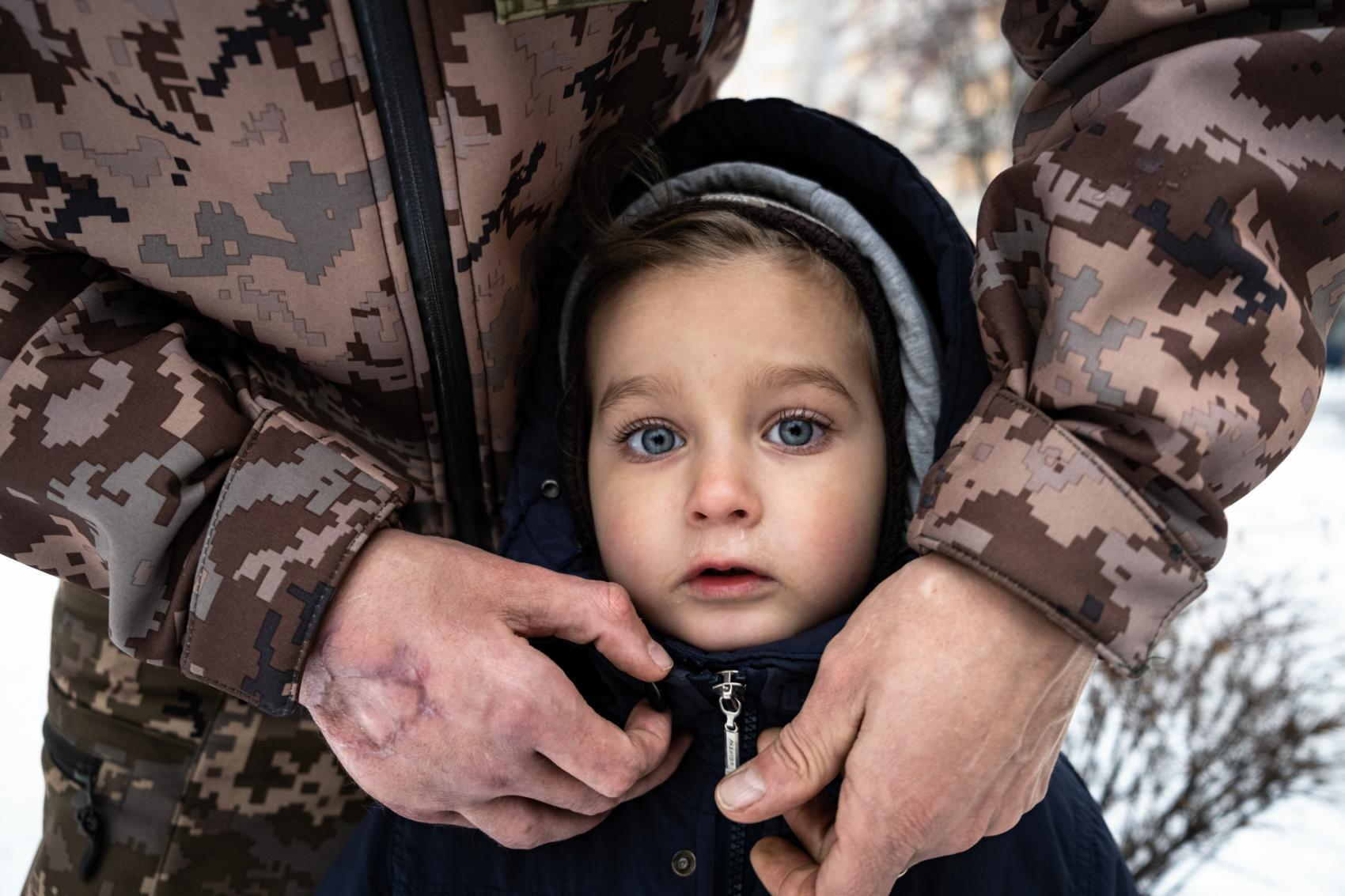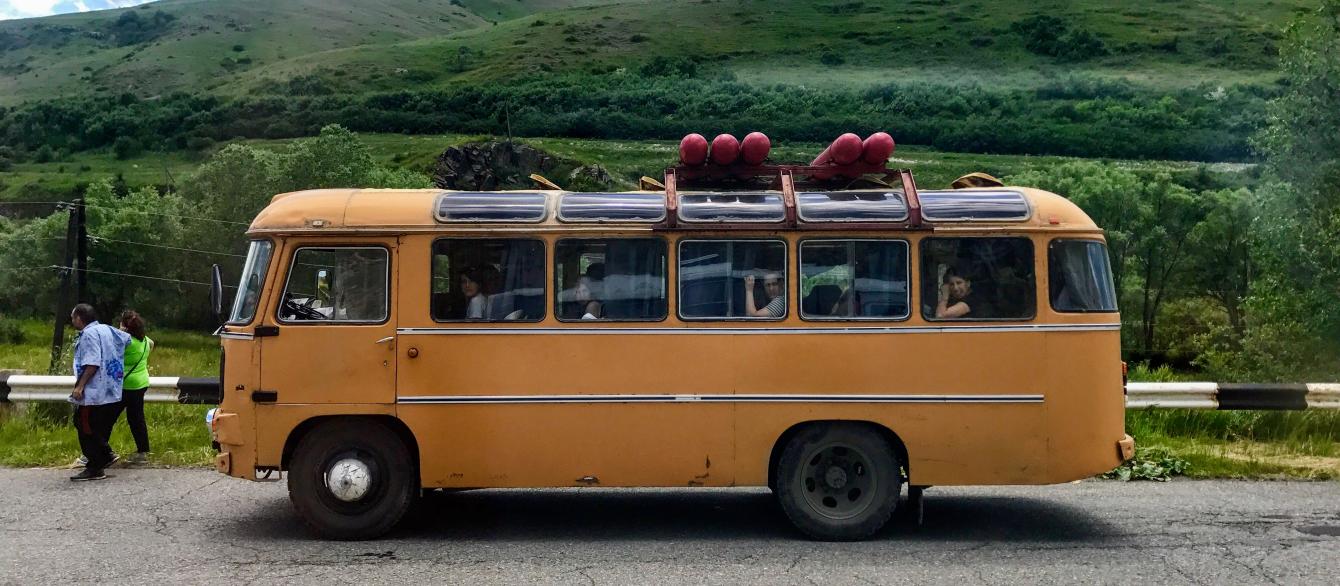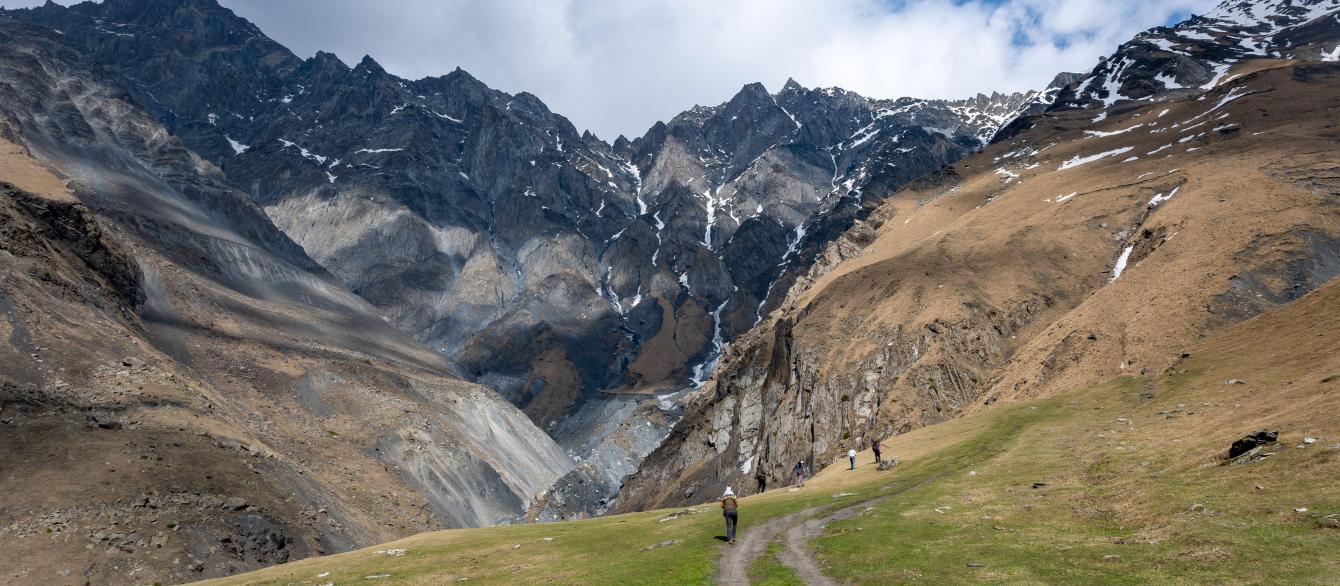Today’s students interact more intensely with photos than previous generations: They can view and take hundreds of pictures effortlessly, using their phones; they communicate via photos, sharing them publicly and privately; and they get much of their information through photos. But “they also are not necessarily thinking about them critically,” Dr. Abigail Lewis, who heads Temple University’s Council for European Studies, told several dozen educators gathered for Harvard’s 12th annual Global Studies Outreach workshop, focused this summer on art, activism, and social justice.
Sensitizing students to context and allowing them to engage more deeply with images make up a crucial element of Lewis’s teaching, one she sees as an important “ethical task.” She asks students to consider not just where, when, and by whom a picture was taken but how and why it was circulated. Workshop participants got to experience the method first-hand, parsing historical photos from 19th-century Nebraska and Nazi-controlled Europe — materials Lewis regularly uses in class. Her approach encourages viewers to describe what they see and how it makes them feel but also raises questions of framing, perspective, power, consent, agency, and manipulation.
Lewis’s presentation — joined by Ukrainian photographer Iva Sidash via video from her native Lviv — was but one event amid four days of talks, tours, reflection, and lesson planning for 35 middle school, high school, and community college educators from across North America and beyond. Topics ranged from collective and moral imagination to drama as dialogue and art-making among diasporas, including a wealth of practical, hands-on activities.
At the heart of Lewis and Sidash’s session lay images of war — not merely as documentation but as testimony, as shapers of perception, sometimes as curatives.
For Lewis, Russia’s full-scale invasion of Ukraine in February 2022 provided deeper links connecting ways that she had already been teaching, questions that her students cared about, and “big issues in the present.” The proliferation of images from Ukraine also made her look anew at art’s role in “testifying to a people ‘s cultural existence.”
For Sidash, the invasion spurred a need to document what was happening in her country. “When war comes, literally, to your city, … you want to react somehow,” she told workshop participants. From her very first post-invasion photos of displaced Ukrainians streaming into a Lviv train station, Sidash realized that “war can be so different”; besides “destruction and death … it’s also about life.” Like other documentarians, she focused on people and set about capturing “their will to live.”
In some cases, Sidash came to see photography as “a healing process.” In one project, Ukrainians from formerly occupied areas allowed her to take their portraits and added a few hand-written lines with memories or impressions of life under Russian control, sometimes telling stories they hadn’t shared elsewhere.
Both Lewis and Sidash have thought a great deal about the photographers behind the images — who they were, their motivations, their constraints. Victims or perpetrators? Observers or participants? Usually, a messier mix of identities.
“Behind pictures … there’s a person,” Sidash said, “and when we make pictures, it’s also about ourselves.” She spoke of her ability to build trust, as a fellow Ukrainian, with residents of Kharkiv who had spent three months living in the city’s subways, but also recounted her deeply subjective yen to photograph particular places — including a stretch of highway she’d traveled with her family in days-long childhood road trips to the sea.
One high school English teacher attending the workshop felt the Sidash-Lewis session worked particularly well “because we were able to deeply explore some topics and works, but it was very grounded in practical pedagogical steps.” A college educator teaching courses on arts and ideas agreed, pointing to Lewis’s prompts for discussing historical photos as especially useful. A high school visual arts teacher, meanwhile, looked forward to sharing Sidash’s work and practice with students and hoped to arrange a visiting artist’s talk, while an AP social studies teacher singled out her photos as a tool “for building skills of visual analysis and also understanding war and forced migration.”
For organizers, it was heartening to see that so many different educators — hailing not just from the U.S. coasts but from the Southwest, the Midwest, Puerto Rico, Vancouver, and as far afield as Australia and Pakistan — left the workshop with new ideas and resources, finding uses and applications for them that were as varied as the teachers’ fields and disciplines.
As in previous years, the workshop was organized by the Global Studies Outreach Committee, a consortium of centers at Harvard University, including the Davis Center's educator outreach initiative, the Asia Center, the Center for African Studies, the Global Health, Education and Learning Incubator, and the Weatherhead Center for International Affairs. Additional program support was provided by Religion and Public Life at Harvard Divinity School and the workshop was funded, in part, through a Title VI/National Resource Center grant from the U.S. Department of Education.

Sasha, a soldier of the Armed Forces of Ukraine, adjusting his three-year-old son Myron's zipper with a hand scarred by shrapnel during the Russo-Ukrainian war, Kharkiv, December 2022.




